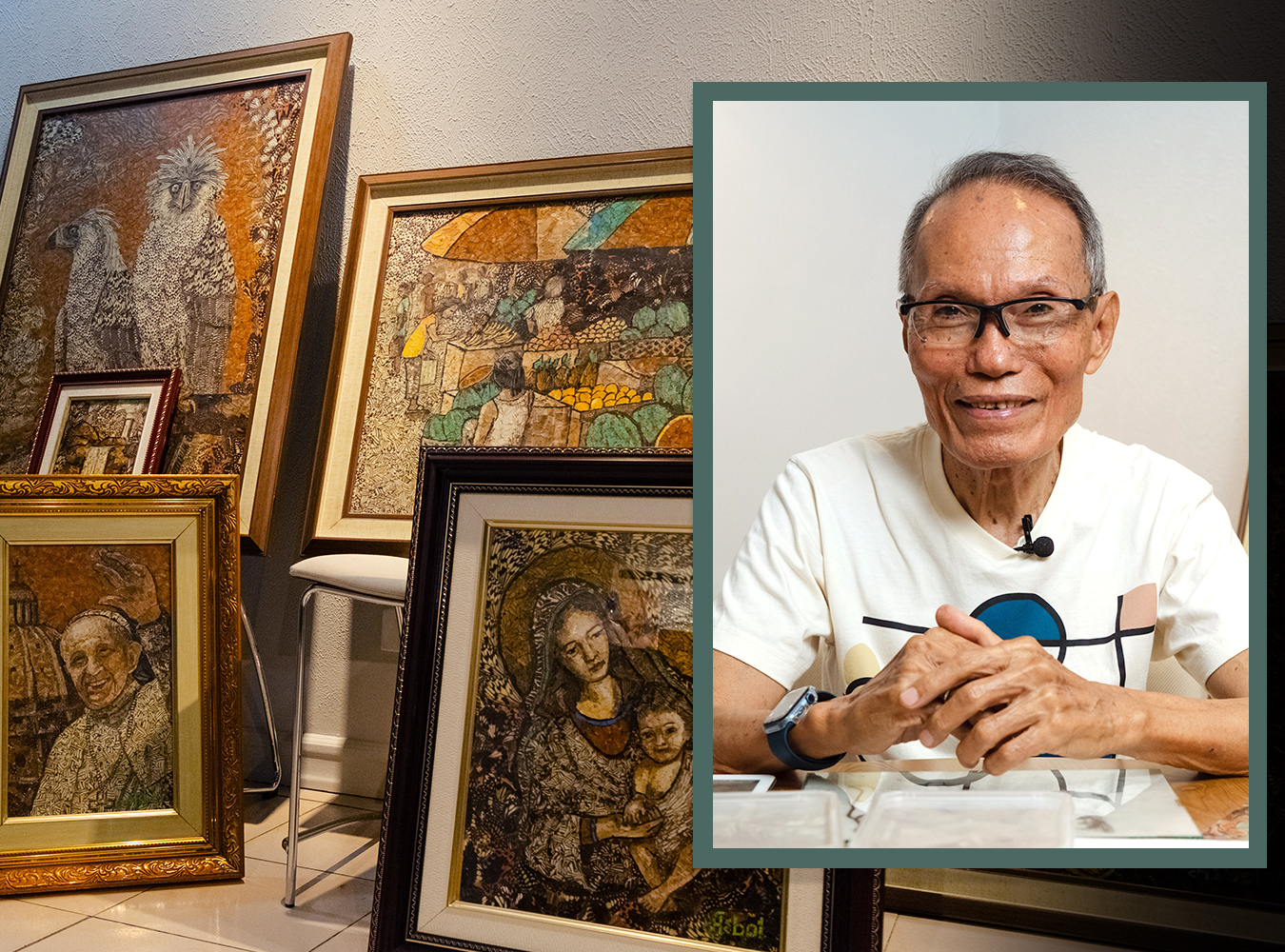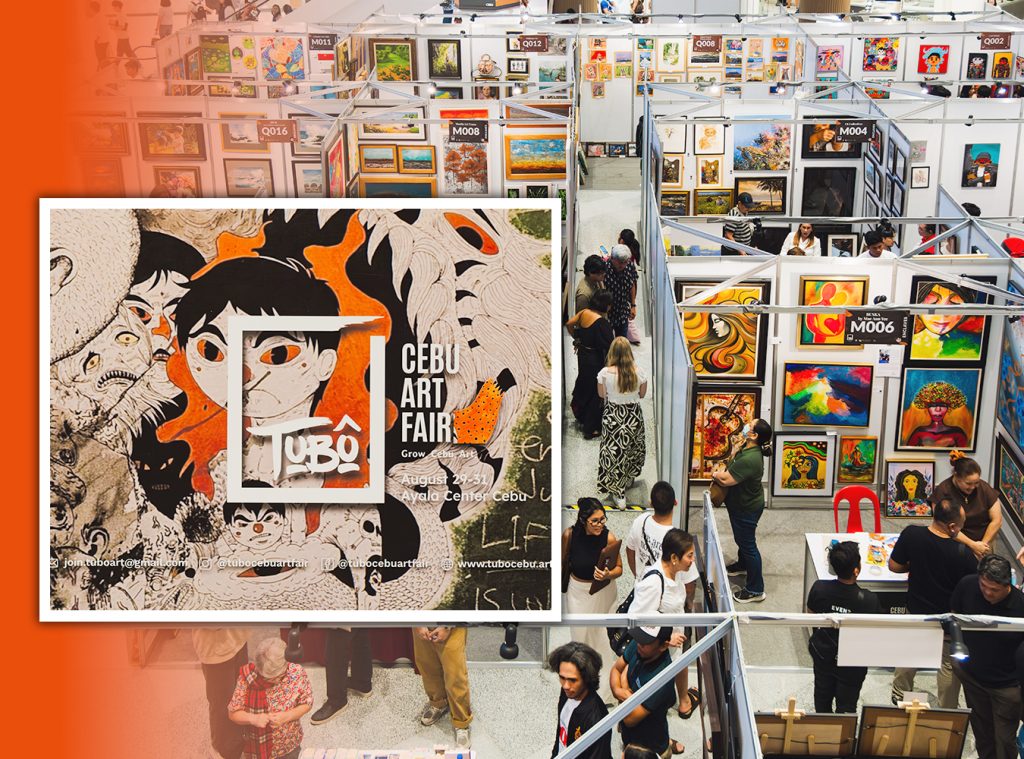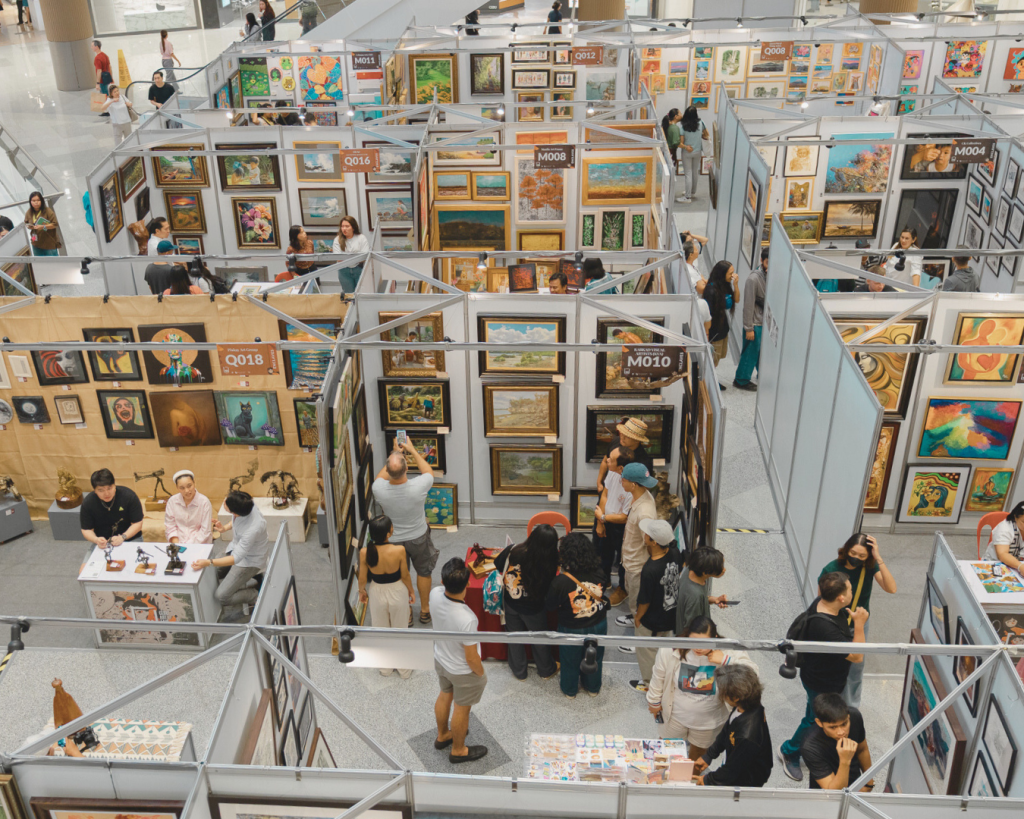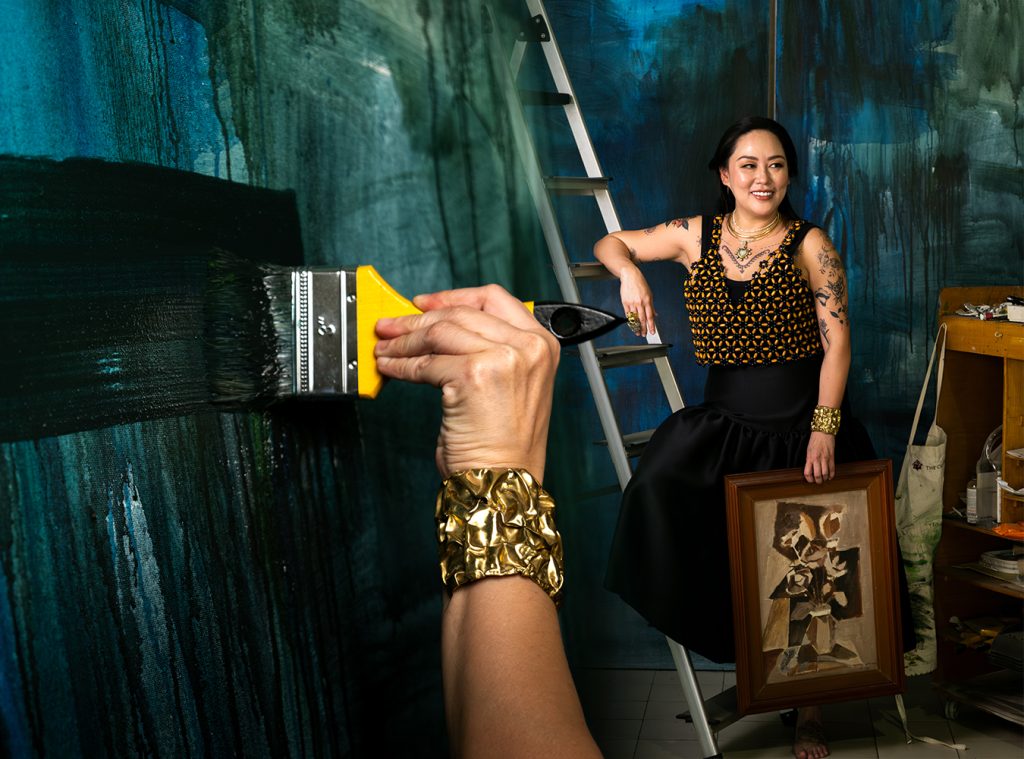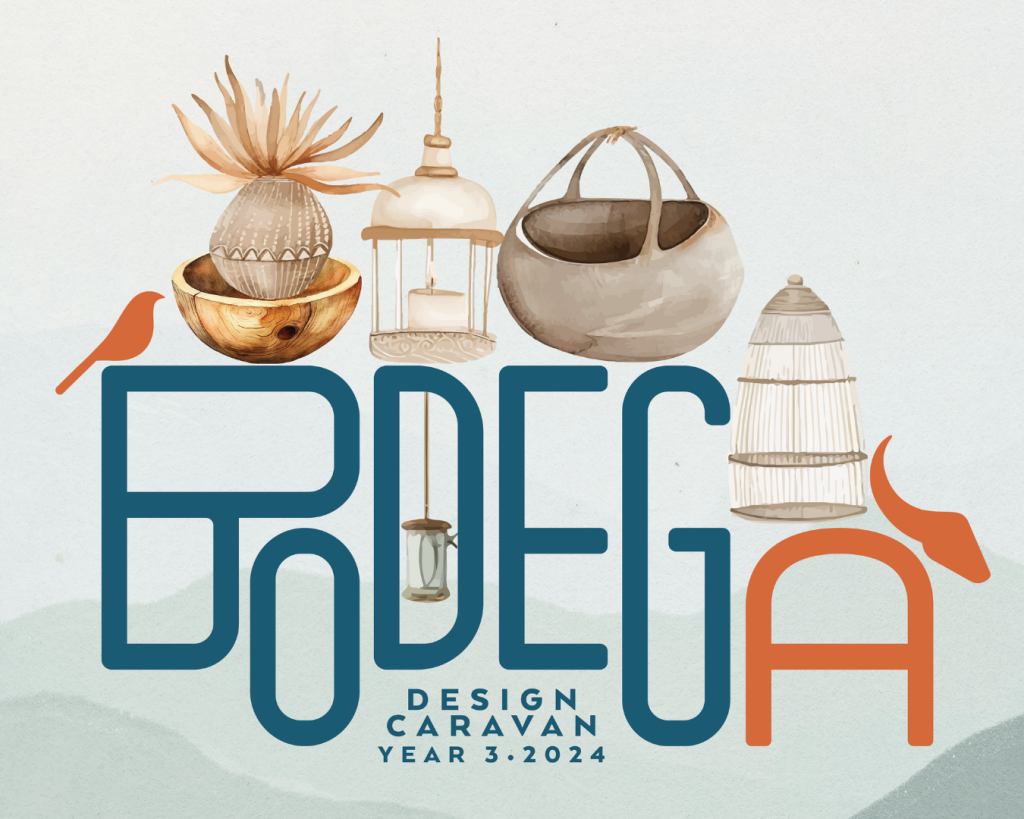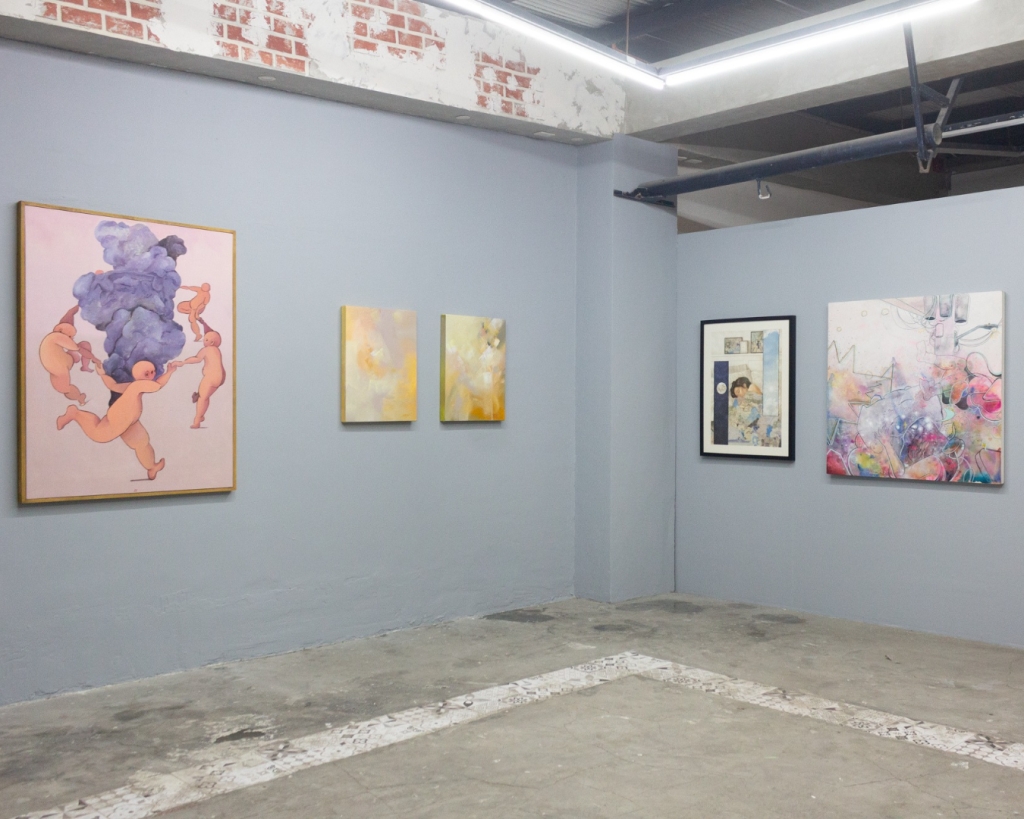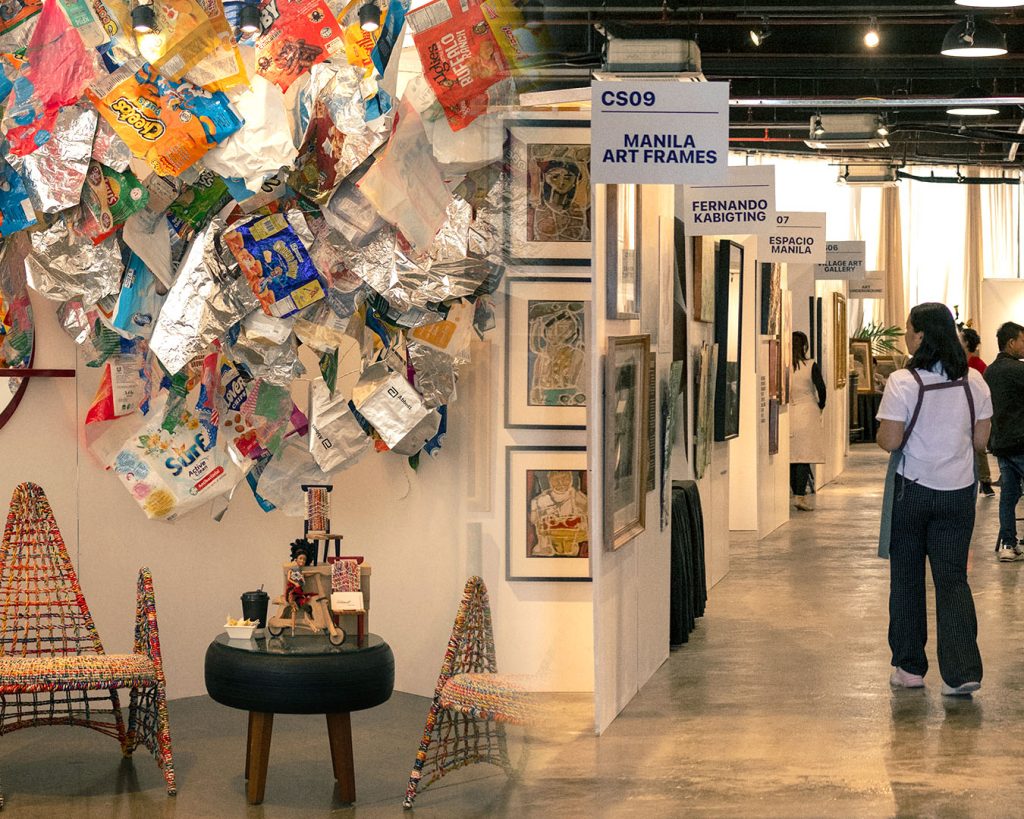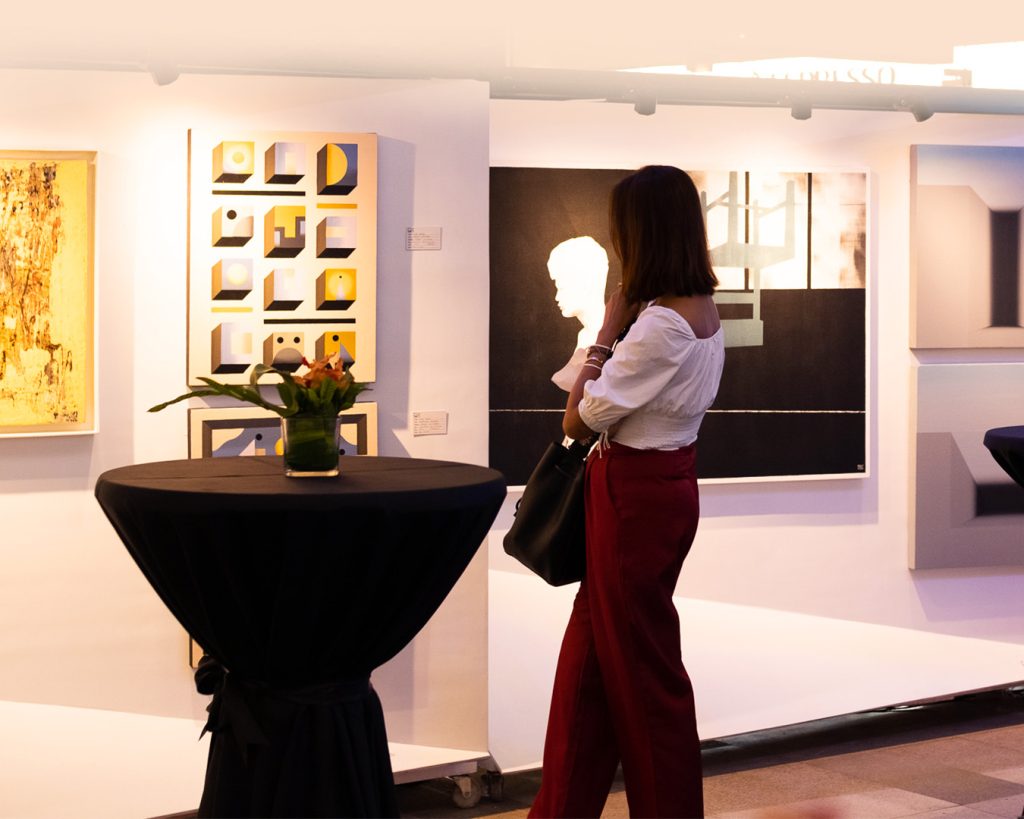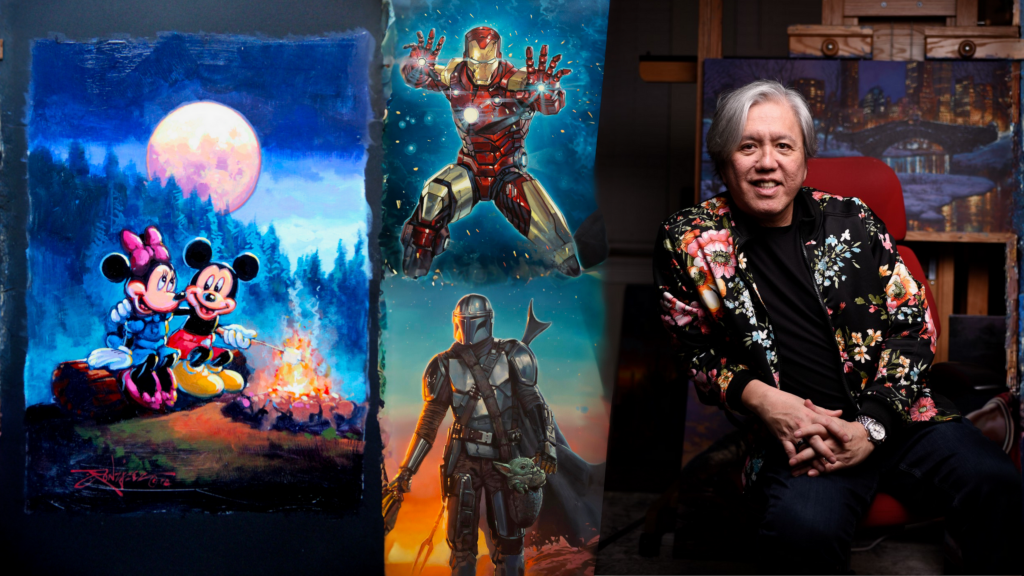The mosaic, an art created by arranging small bits of material to make depictions of patterns and images, has been around since ancient times. Many have made their own spin on the mosaics, utilizing different techniques and championing various kinds of materials, straying from the Mesopotamian-era pebble mosaics.
Nowadays, the list of materials used for the art form is long: ceramic, hand-painted stone, wood, and even waterjet tiles (tiles cut by high-pressure water). The eclectic beauty that defines the art form remains after many centuries, but that has not stopped the artists of the world from trying to reinvent the wheel around mosaics.
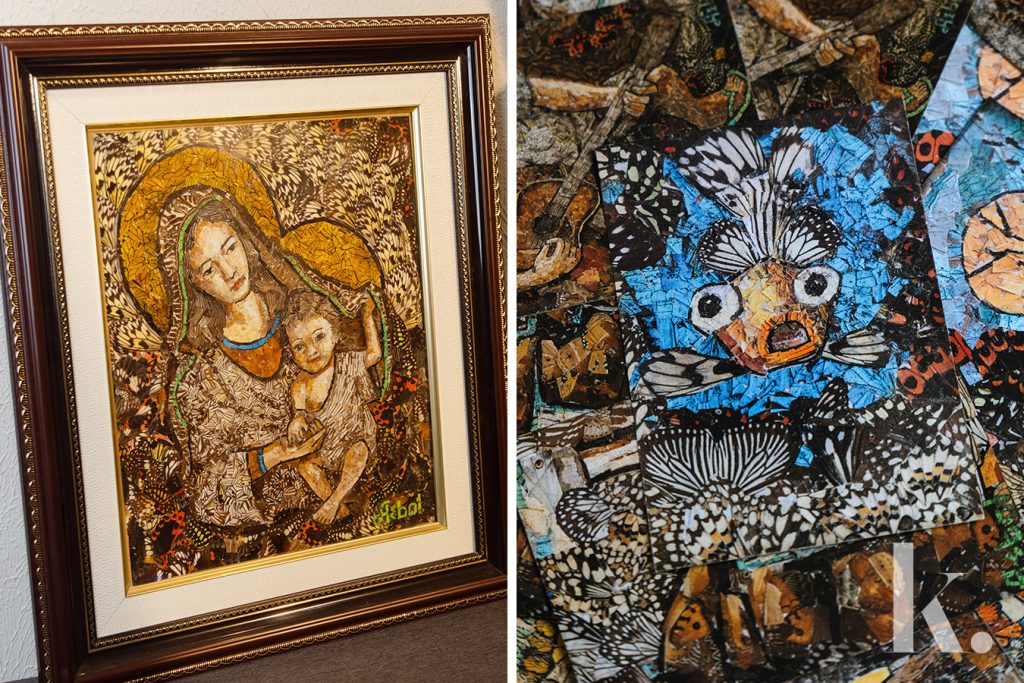
Cebu-based artist Victor Abellana is one of those who puts their own authentic spin on a specific kind of mosaic. On the homepage of his website, Abellana makes a simple and direct introduction, saying: “Hi there! My friends call me Ingkoy or Aebol. I’m an octogenarian artist with a proclivity for making butterfly mosaics.”
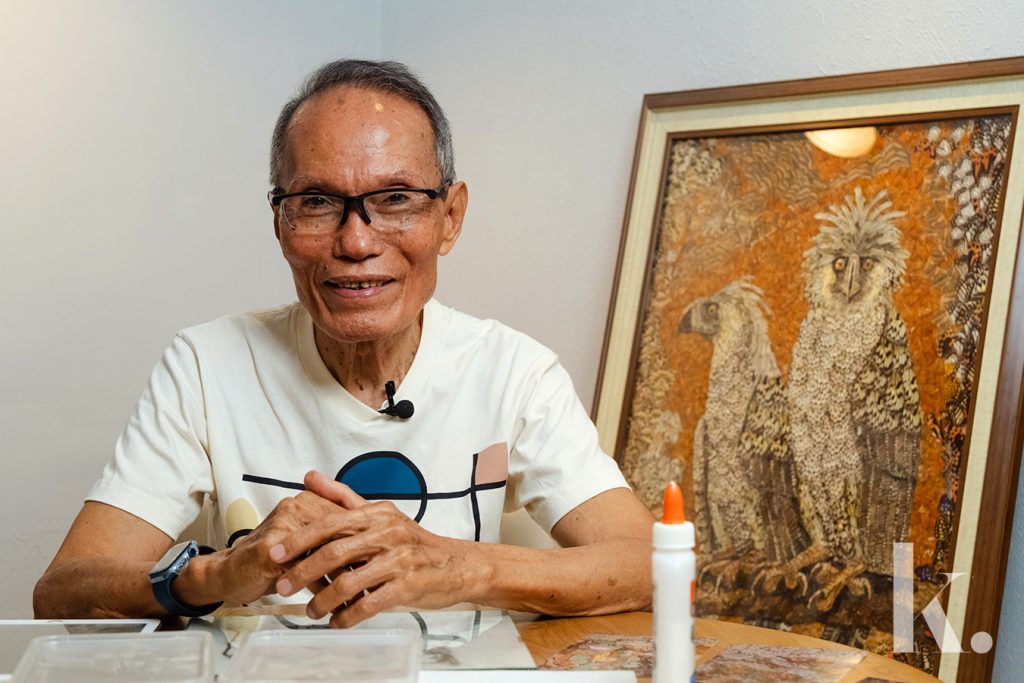
His fascination with butterflies began in the 1970s, possessing a “passion” to display the butterflies he caught, in frames. To him, at the time, the collection of butterflies felt and seemed like a hobby, nothing of artistic meaning.
The inspiration that prompted Abellana to explore butterfly mosaics came to him when he and his family visited the home of Julian Navarro Jumalon, a known lepidopterist (a person who studies and collects butterflies and moths), and butterfly mosaic artist.

What makes butterfly mosaic captivating to Abellana is how the medium allows the artist to use nature to make pieces, using the butterfly’s colorful and textured wings to craft a visual narrative. And since the butterfly’s characteristics have already been set, it poses a challenge to the artist. “For me, it’s quite exciting,” Abellana said in a mix of Bisaya and English.
By 1972, he started creating small butterfly mosaics. It only had to be small pieces since they could only get 20 butterflies for every session of butterfly catching. The constant lack of supply compelled Abellana to put his mosaic-making on pause.
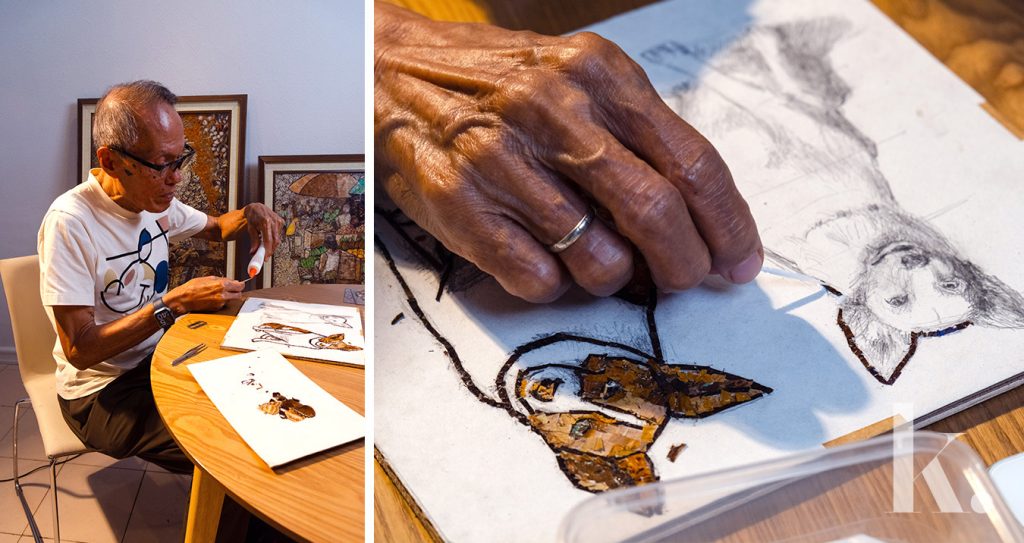
But the creativity came back when he and his sister-in-law visited a butterfly sanctuary in 2005, which threw away their dead butterflies. The sanctuary solved the supply problem, with Abellana and his sister asking the sanctuary if they could get the dead butterflies, to which the sanctuary agreed. “Until now, I still have some of it,” Abellana said about his supply from the sanctuary.

Two pieces he’s most proud of are “Eagles” and “Carbon Market Scene”, both finished in 2018. “Eagles” is a detailed depiction of two Philippine Eagles sitting on a tree branch, while “Carbon Market Scene” is a landscape capturing of the Cebu Carbon Market’s fruit stalls, vendors, and shoppers.
Abellana finds his art, which he refers to as “paintings”, to be quite an accomplishment and a source of his joy. “For me, there is hard labor in starting, but when you accomplish things, when you accomplish a painting, […] happiness is there as if you are in Cloud Nine,” he said. “Every time I feel lonely, where I have nothing to do, I usually go to my painting because that gives me the energy to do more.”
Photography Kyrra Kho


